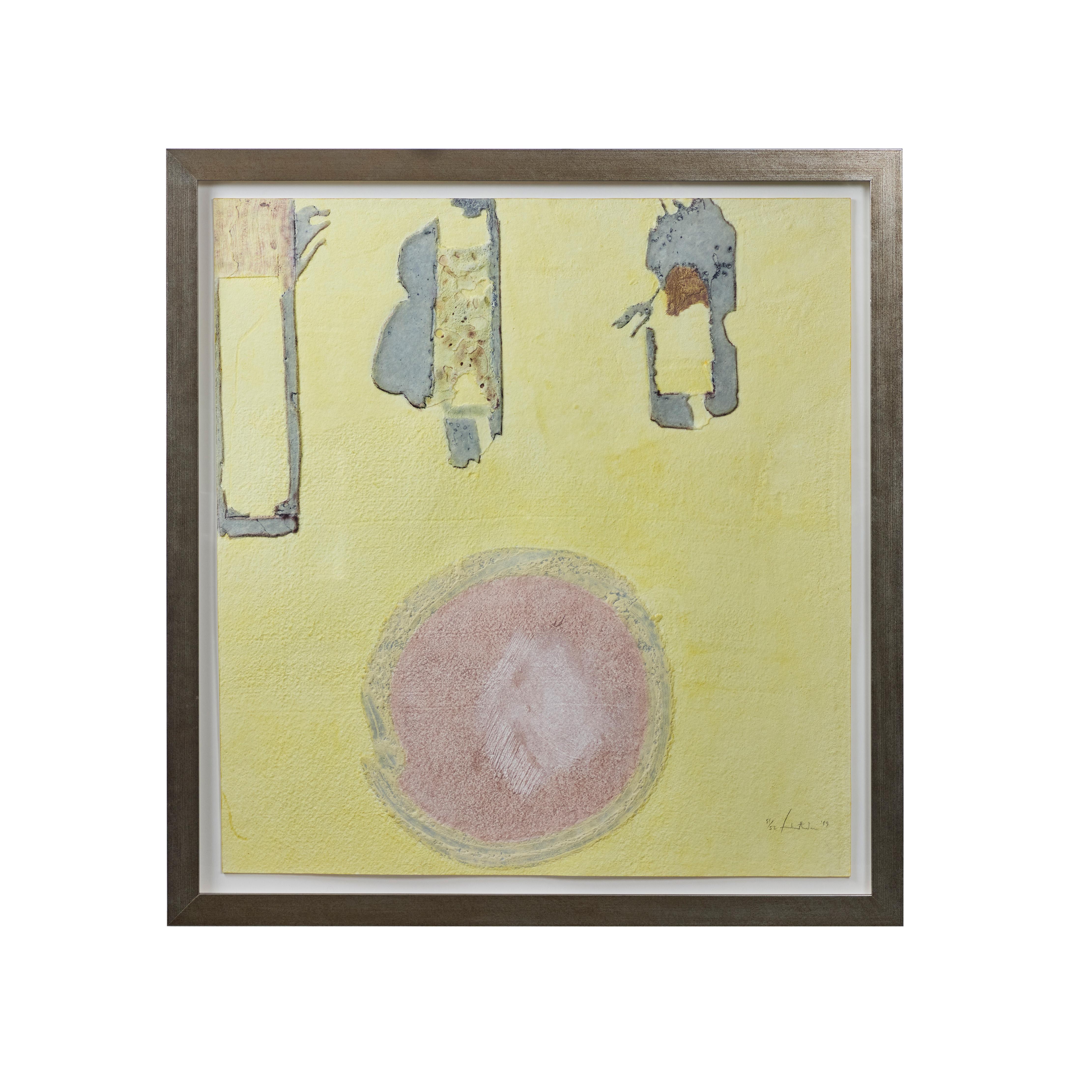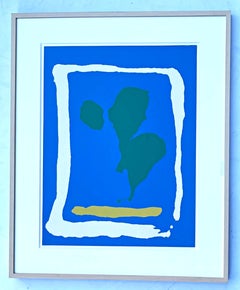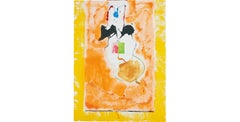Questions & Answers
Our trusted network of 1stDibs sellers answer common questions
What kind of art did Helen Frankenthaler do?
1 Answer

Helen Frankenthaler mostly did paintings. The American artist's work reflects the characteristics of Abstract Expressionism. Mountains and Sea, Snow Pines, Aerie and Grey Fireworks are among her most famous paintings. You can find a range of Helen Frankenthaler art on 1stDibs.
1stDibs ExpertApril 5, 2022
Related Questions
- What was Helen Frankenthaler known for?1 Answer
- Where can I see Helen Frankenthaler paintings?1 Answer
- What technique did Helen Frankenthaler use?1 Answer
- What kind of art is Western art?1 Answer
- What kind of art does Jeff Koons do?1 Answer
Shop for Helen Frankenthaler Art on 1stDibs
Helen Frankenthaler - Air Frame (Harrison 6) her first silkscreen Signed AP 1965
By Helen Frankenthaler
Located in New York, NY
Helen Frankenthaler
Air Frame, from the New York Ten portfolio (Harrison 6), 1965
Color silkscreen on Arches double-weight watercolor paper
Signed and annotated AP in graphite on the...
Category
1960s Abstract Expressionist Abstract Prints
Materials
Screen
Solar Imp
By Helen Frankenthaler
Located in New York, NY
Screenprint in colors on wove paper. Signed by the artist in pencil and also numbered 96/126 in pencil. Published by Lincoln Center List Poster and Print Program, New York.
Second ...
Category
Early 2000s Abstract Expressionist Abstract Prints
Materials
Screen, Color
Spring Run XVI
By Helen Frankenthaler
Located in New York, NY
Vivid color monotype by American Abstract Expressionist artist Helen Frankenthaler, signed by the artist in pencil, lower right. Printed and published in collaboration with Tyler Graphics...
Category
Late 20th Century Abstract Expressionist Abstract Prints
Materials
Monotype
Tribal Sign
By Helen Frankenthaler
Located in New York, NY
Tribal Sign, 1987
Signed and dated in pencil with publisher's blindstamp
Eleven color lithograph on mauve TGL handmade paper
Sheet: 24 x 18.5 inches
Frame: 33 x 27 inches
Edition 25 ...
Category
1980s Abstract Prints
Materials
Color, Lithograph
Ramblas
By Helen Frankenthaler
Located in New York, NY
Created by the artist in 1987-88, Ramblas is an original lithograph, drypoint, and etching in colors on Rives BFK paper. Hand-signed, dated, and numbered from the edition of 75 in pe...
Category
20th Century Abstract Expressionist Abstract Prints
Materials
Drypoint, Etching, Lithograph
Acrobat (detail), Limited Edition Porcelain Plate in bespoke gift box - Abstract
By Helen Frankenthaler
Located in New York, NY
This porcelain/ceramic plate makes a gorgeous gift - in a bright blue bespoke box, ready to be gifted. Any fan of Helen Frankenthaler or Abstract Expressionist art would be thrilled!...
Category
2010s Abstract Expressionist More Art
Materials
Porcelain, Screen, Cardboard, Mixed Media


